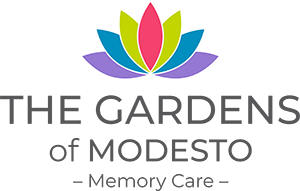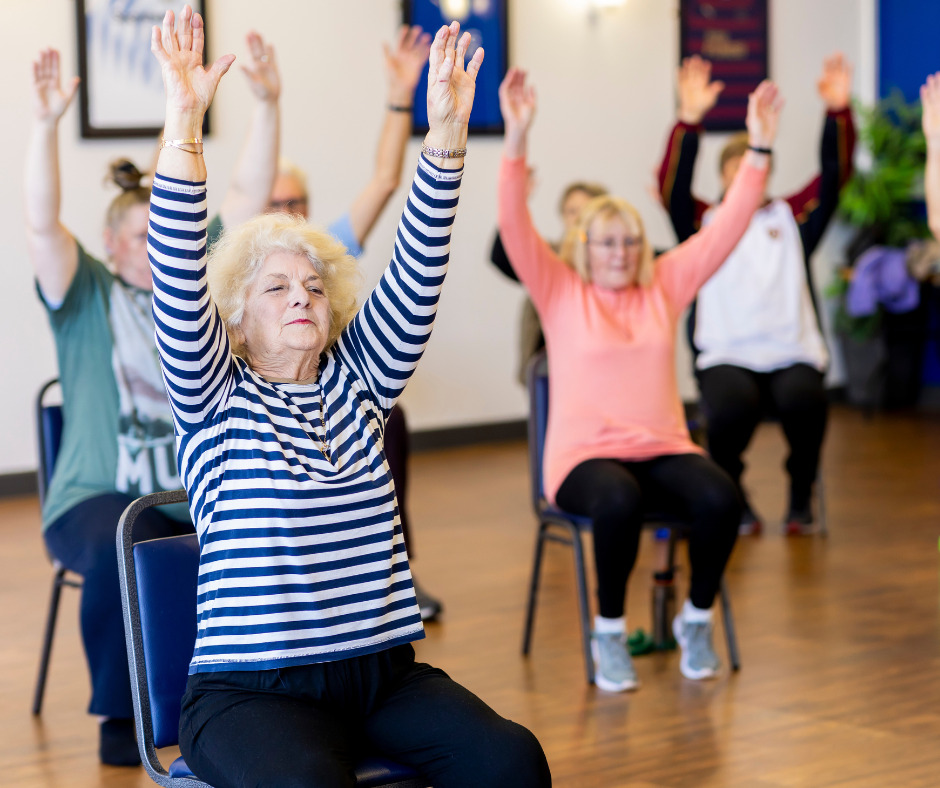People of all ages benefit from maintaining an active lifestyle, but the benefits of exercise may be most pronounced for seniors. Unfortunately, people who struggle with cognitive and memory disorders typically find it hard to maintain good exercise habits without a good deal of outside help. Family caregivers and anyone else who wants to encourage healthy aging in their older loved ones can read on to find out both how seniors can benefit from living actively and how to encourage more activity no matter a person’s age or cognitive status.
Exercise and Physical Status
The most obvious benefit of exercise is that it helps to keep people in good shape at any age. Californians over the age of 65 should be encouraged to engage in either 150 minutes of moderate-intensity aerobic activity or 75 minutes of vigorous aerobic activity, if appropriate, each week. Experts also recommend two days per week of strength training and three days per week of balance activities, although the latter may need to be supervised for participants’ safety.
Reduced Risk of Chronic Disease
When combined with a healthful diet, an active lifestyle can reduce a senior’s risk of developing potentially serious chronic health complications such as heart disease, diabetes, and even cancer. The burdens of chronic disease can be particularly devastating for seniors who also struggle with cognitive decline, and for their caregivers, and prevention is the best cure.
Maintaining Strength
Keeping the body strong is a task that gets more difficult as people age. While a sedentary lifestyle is unhealthy during any stage of life, it can quickly cause older adults to develop issues with muscle atrophy. Even older adults can reverse the damage and regain a greater level of physical strength with increased activity, though, so it’s never too late.
Improved Mobility
Additional problems with labored breathing, balance, gait, and blood flow can negatively impact mobility levels. The best way to prevent these issues is to develop an exercise routine that is appropriate for the person’s age and ability level, but any amount of physical activity will help. That’s part of why senior living options like memory care communities sometimes offer exercise classes, walking clubs, and events to encourage physical activity.
Exercise and Cognitive Status
Staying active encourages blood flow throughout the body, sending oxygen to where it needs to go to maintain healthy cells. Unsurprisingly, improving blood flow to the brain often has noticeable benefits on cognitive health, reducing seniors’ dementia risk. Older adults who are already struggling with memory issues and dementia symptoms may be able to slow the decline of their conditions by encouraging more blood flow to the brain through regular physical activity.
Exercise and Mood
One of the great things about helping a loved one move to a community for seniors is that it offers them the chance to have a better quality of life. In the case of exercise classes, residents will get double the benefits because they’ll be encouraged to both stay active and engage socially. The combination of increased activity and more social interaction can help to stave off depression and anxiety for seniors of all cognitive abilities.
Encouraging Activity in Seniors
Some people have no trouble creating and sticking to exercise routines. However, adopting a healthier lifestyle can become more difficult as people age. Loved ones may need to actively encourage their older family members to stay physically active throughout their golden years. Here are a few things that can help:
- Exercising together by going for walks during visits.
- Finding physical activities that the person might find fun and engaging.
- Asking about group exercise classes and other activities in senior communities.
- Reminding seniors frequently of how regular exercise can directly improve quality of life.
By far the best way to help seniors stay active even in the presence of memory issues or cognitive decline is to help them find a memory care community that prioritizes healthy, active living. These types of senior care communities have trained staff members available to lead classes, help individual residents with physical activities that would otherwise be difficult, and encourage people to continue leading active lifestyles no matter their cognitive abilities. There are also some types of physical activities that may not be safe for seniors aging in place at home that are acceptable and encouraged in senior communities.
Find the Right Community
Want to help an aging loved one maintain a more active lifestyle? Find a memory care community in Modesto, CA that cares about helping residents stay as active as possible. Here at The Gardens of Modesto, we believe in helping all our residents live up to their full potential, which means staying in good shape physically, cognitively, and emotionally. We are currently open for move-ins so call (209) 491-0800 to schedule a tour today.

